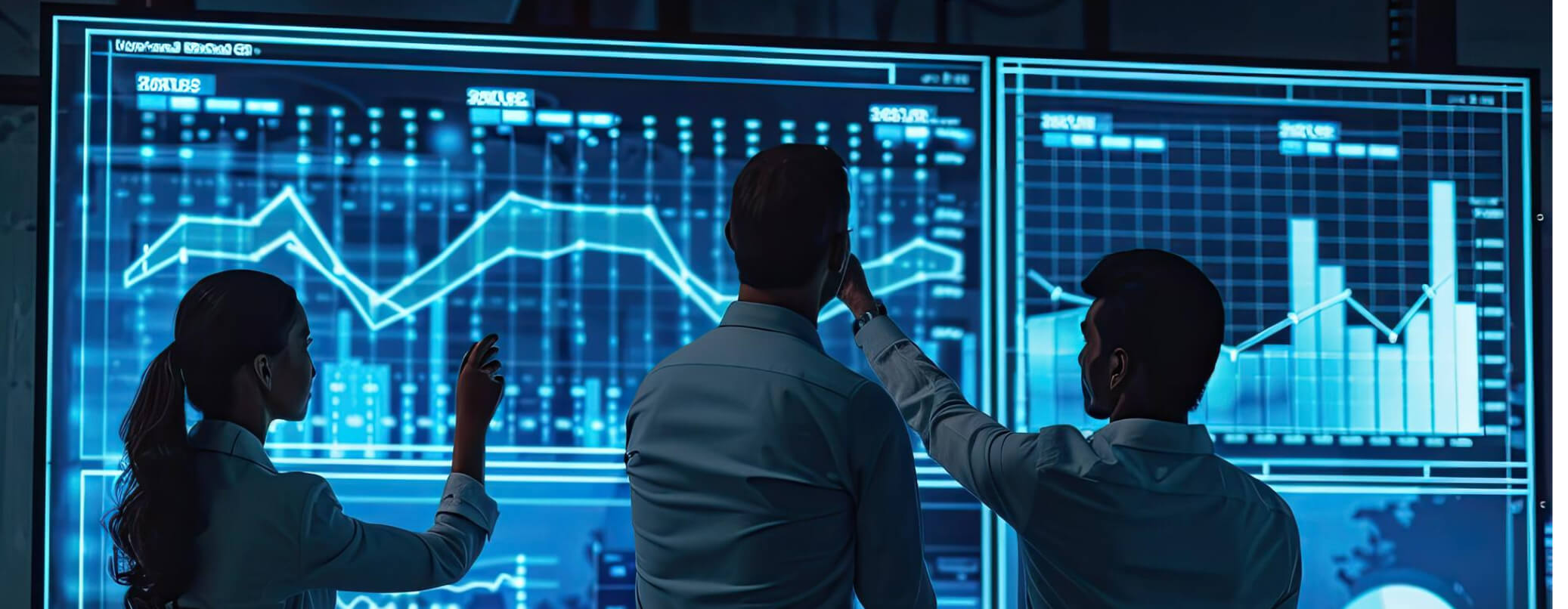Creating a shopping experience that is engaging and effective is critical for increasing sales and consumer experience. Retailers are continually looking for ways to improve their store layout and product positioning in order to attract more customers and improve their shopping experience. One of the most effective ways to accomplish this is to use modern technology such as people counting and heat mapping. These solutions provide significant data about how customers interact with stores, helping businesses to optimize pace and enhance profits.
What is People Counting and Heat Mapping Technology?
People counting is a device that monitors the number of people entering and existing a store, as well as their movements within the store. It often monitors foot movements with sensors such as infrared beams, cameras, or even WI-FI signals. These systems can provide real-time information about the amount of visitors, peak shopping hours, and customer’s duration of stay in certain areas.
This data seamlessly feeds into heat mapping technology which shows retailers a visual representation of customer activity within a store. Heat mapping uses data from people counting systems, cameras or sensors to generate color coded maps of where customers spend the most time. The “hot” spots typically appear in red or yellow, while cooler, less visited places are shown in blue or green. This gives retailers a detailed picture of customer behavior and store dynamics.
How People Counting and Heat Mapping Helps Store Layout Optimization
Understanding foot traffic patterns is critical to designing an effective retail layout. This data enables retailers to make better decisions about product placement, signage, and store design. But how does this actually benefit businesses?
Enhancing Product Visibility
People counting data enables store owners to avoid neglected areas that may not be getting enough foot traffic. Retailers can use this information to rearrange product display, freeing up space for high – margin products that could benefit from increased attention.
Streamlining in-Store Movement
Customers moving through the store can be analyzed to detect possible bottlenecks. If certain areas of the store are consistently overcrowded, it could signal that customers are spending too much time in one location.
Improving Customer Experience
Heat mapping enables businesses to better understand how customers navigate the store. If there are spots where customers spend time, shops can install informational signage, provide chairs, or create a more inviting shopping experience.
Identifying Underperforming Areas
Heat maps can show which areas of the store people tend to avoid. By detecting these “cold spots”, businesses can decide whether to recognize the areas, relocate products, or launch fresh deals to make them more appealing to customers.
Conclusion
Integrating people counting and heat mapping in store operations can significantly enhance sales and customer experience. Retailers can maximize the impact of their shop layout by evaluating how customers browse the store, which product gets the most attention, and where changes can be made.



